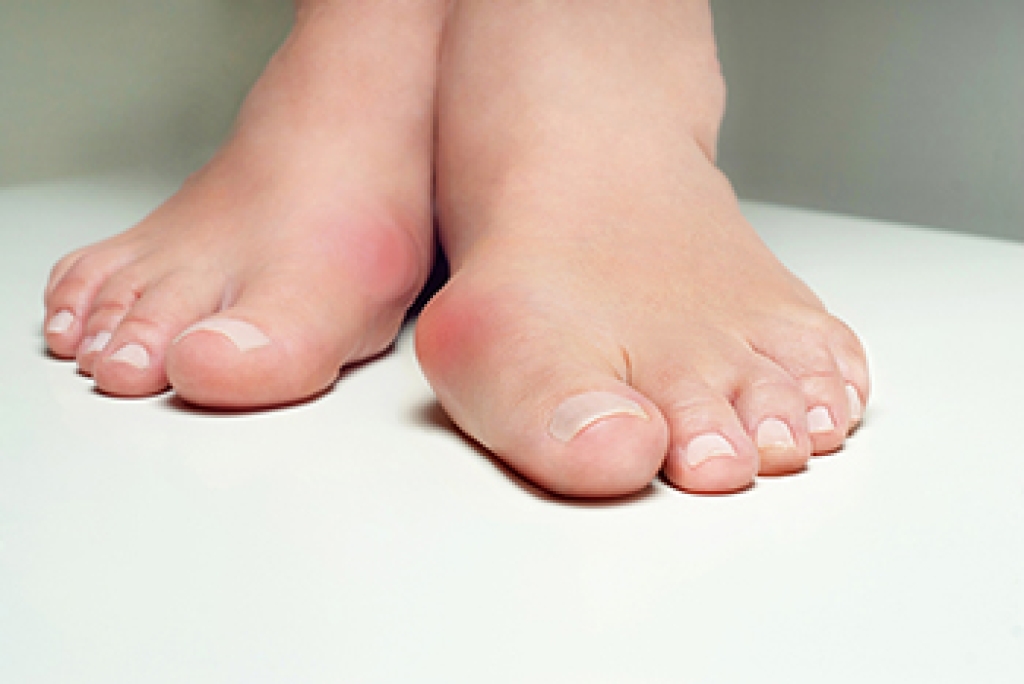
A bunion is a foot condition defined by a structural change at the joint where the big toe meets the foot. It appears as a bony prominence along the inside of the foot, often accompanied by swelling or redness. Bunions develop due to abnormal joint mechanics, inherited foot structure, or prolonged pressure from narrow footwear. Over time, the big toe may drift toward the smaller toes, altering normal foot function. Symptoms include joint pain, stiffness, tenderness, and difficulty walking comfortably. A podiatrist can properly diagnose the condition and determine its severity. Treatment may involve shoe recommendations, custom orthotics, joint support, and strategies to reduce inflammation and prevent progression. If you have developed a bunion, it is suggested that you consult a podiatrist who can offer effective management solutions.
If you are suffering from bunion pain, contact Daniel Mendoza, DPM of Nashville Podiatry. Our doctor can provide the care you need to keep you pain-free and on your feet.
What Is a Bunion?
Bunions are painful bony bumps that usually develop on the inside of the foot at the joint of the big toe. As the deformity increases over time, it may become painful to walk and wear shoes. Women are more likely to exacerbate existing bunions since they often wear tight, narrow shoes that shift their toes together. Bunion pain can be relieved by wearing wider shoes with enough room for the toes.
Causes
- Genetics – some people inherit feet that are more prone to bunion development
- Inflammatory Conditions - rheumatoid arthritis and polio may cause bunion development
Symptoms
- Redness and inflammation
- Pain and tenderness
- Callus or corns on the bump
- Restricted motion in the big toe
In order to diagnose your bunion, your podiatrist may ask about your medical history, symptoms, and general health. Your doctor might also order an x-ray to take a closer look at your feet. Nonsurgical treatment options include orthotics, padding, icing, changes in footwear, and medication. If nonsurgical treatments don’t alleviate your bunion pain, surgery may be necessary.
If you have any questions, please feel free to contact our office located in Hendersonville, TN . We offer the newest diagnostic and treatment technologies for all your foot care needs.




